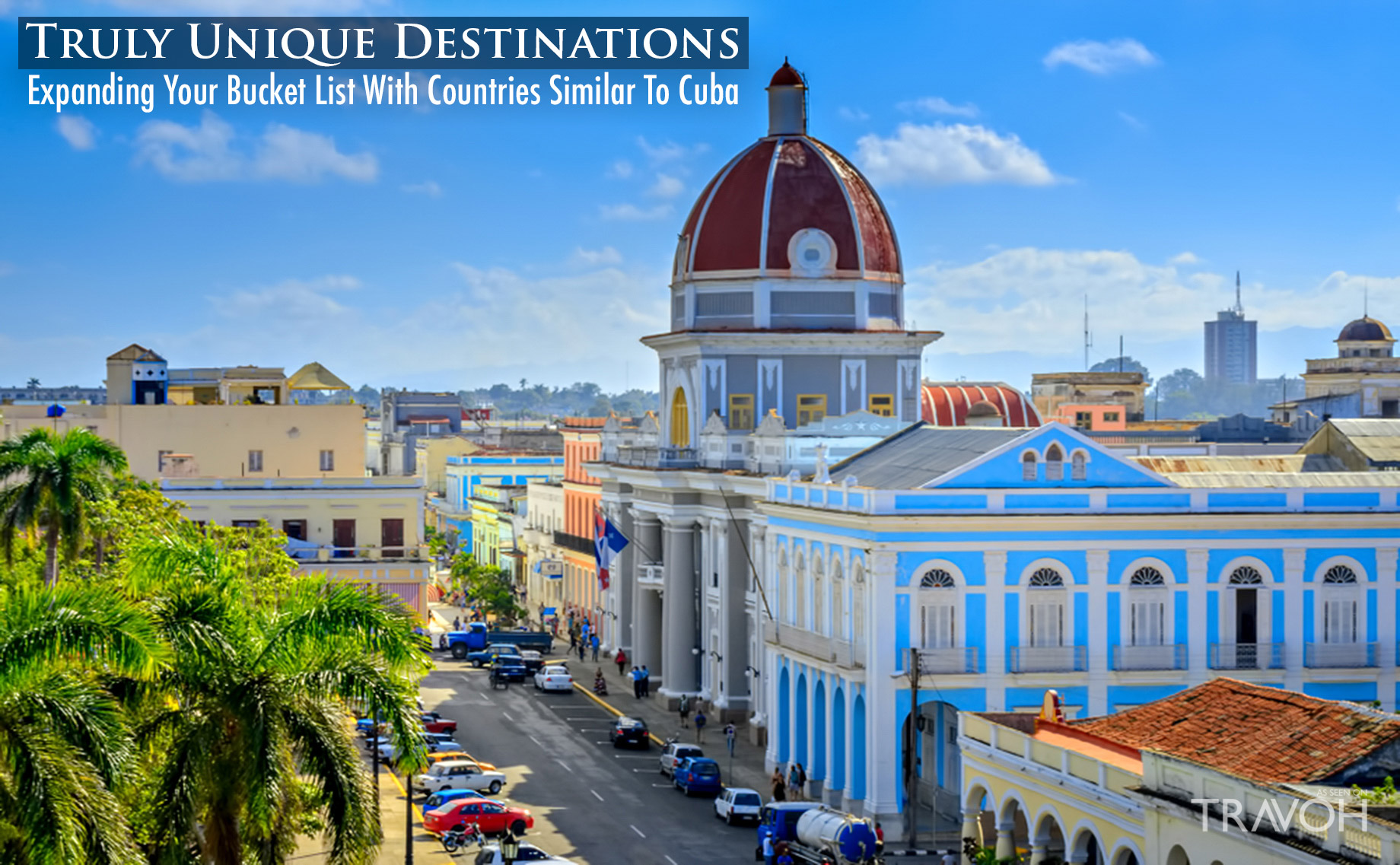
Cuba casts a spell over everyone who visits, its magic stemming from the fact that it is quite unlike anywhere else. However, with the US recently tightening its travel restrictions on visiting this intoxicating island, blocking American citizens from entering by commercial cruise ship, private yacht charter, corporate/private aircraft and group travel trips, we’ve had to look for other exciting vacation spots. Although no one place captures all of Cuba’s charm, there are options for replicating parts of it. To help you get inspired, here are our favorite countries similar to Cuba, all of which you are free to visit as you please!
If you seek… colonial architecture
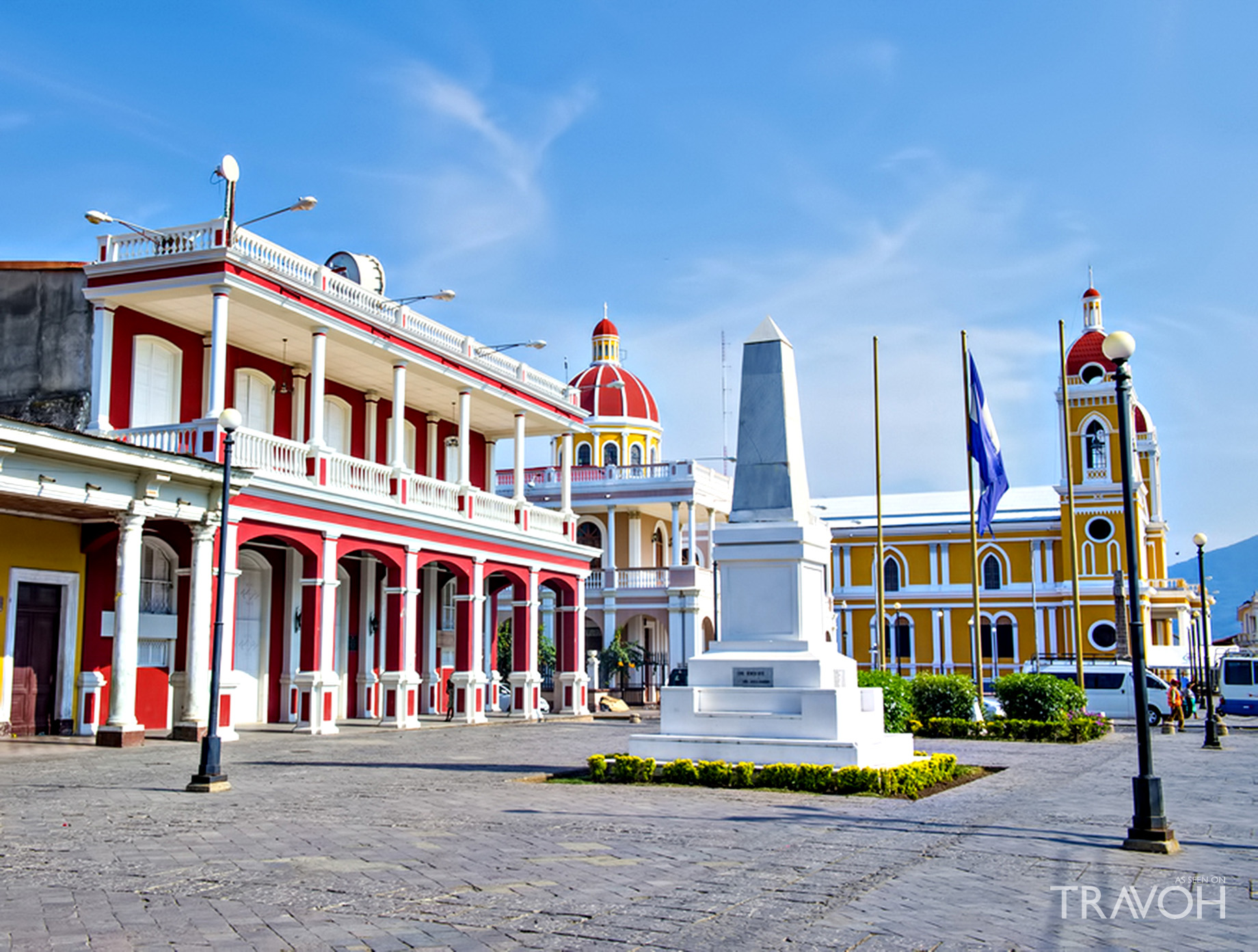
Cuba’s stunning architecture is one of the main reasons people visit, with baroque façades, brightly-painted buildings and cobbled streets that transport you back to the country’s vibrant past. Fortunately, Central and South America host a collection of beautiful, colonially-designed alternatives to Cuba.
Proudly holding the title of Central America’s oldest city, Granada (in Nicaragua) is perfectly restored and offers a bevy of exquisite churches to explore. Meanwhile around the Old Town of Cartagena in Colombia, the 17m-thick walls that once protected the city serve as a reminder of its dramatic history, while maze-like alleyways hide ornate houses with flower-filled balconies. And in Morelia in Mexico, a UNESCO World Heritage site, you will find incredibly well-preserved colonial builds on every corner – don’t miss the breathtaking Morelia cathedral, all dusky pinks and intricate spires.
If you seek… Latin spirit
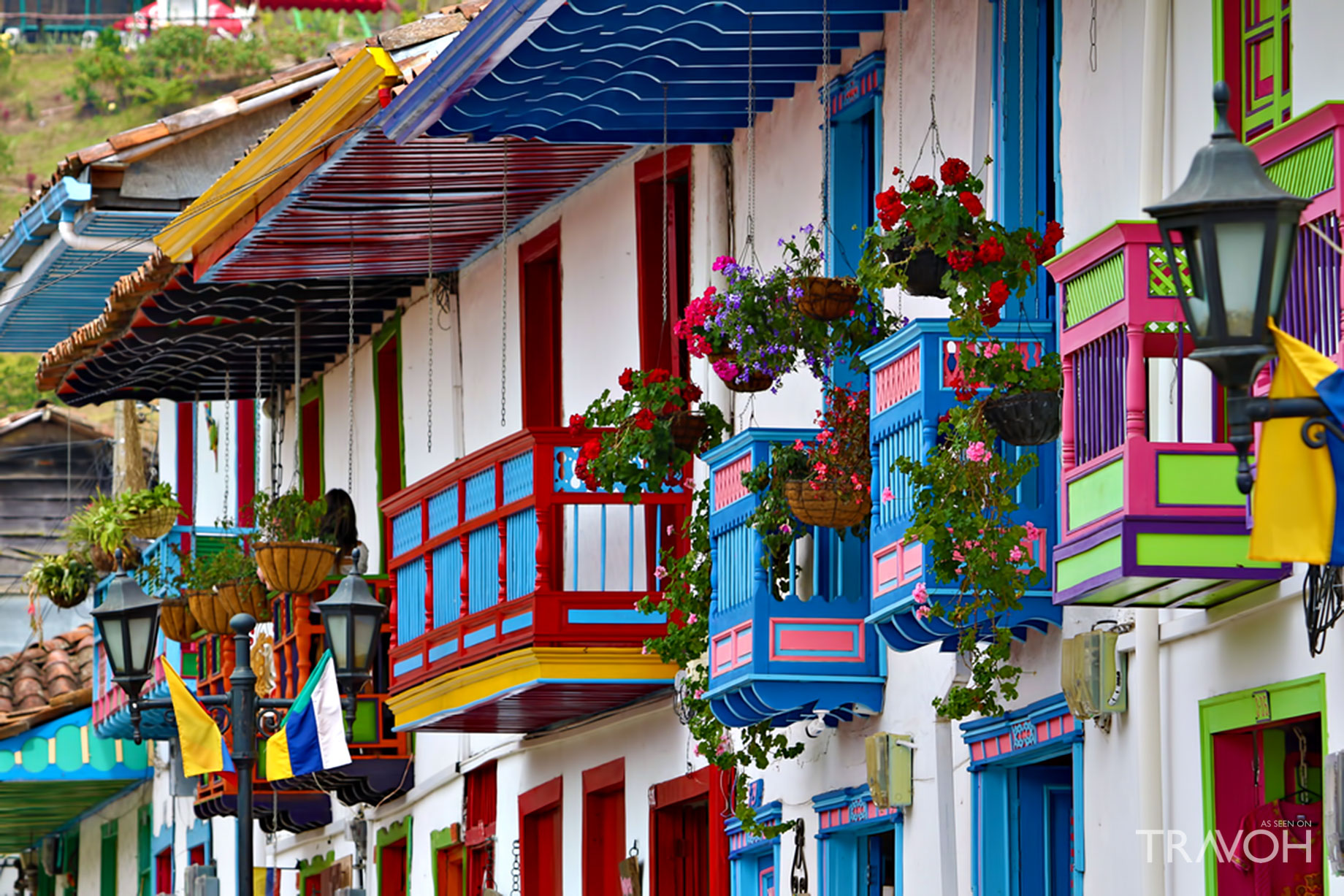
Cuba’s passionate, fiery spirit draws visitors back time and time again, famous for strong Latina traditions and a ubiquitous love of salsa. But countries similar to Cuba in this regard do exist. Our favorite is Colombia, where at any bar you are likely to see at least one couple flawlessly salsaing the night away. Cali in the Valle del Cauca district is even nicknamed the capital of salsa – take a trip to the Juanchito suburb to party with and learn from the locals.
Meanwhile in Bogotá the streets are filled with lively Spanish culture 24/7, with booming Latina music providing the soundtrack. Sip on a mojito, find a partner and feel the beat running through you – no Cuban passport required.
If you seek… unique history
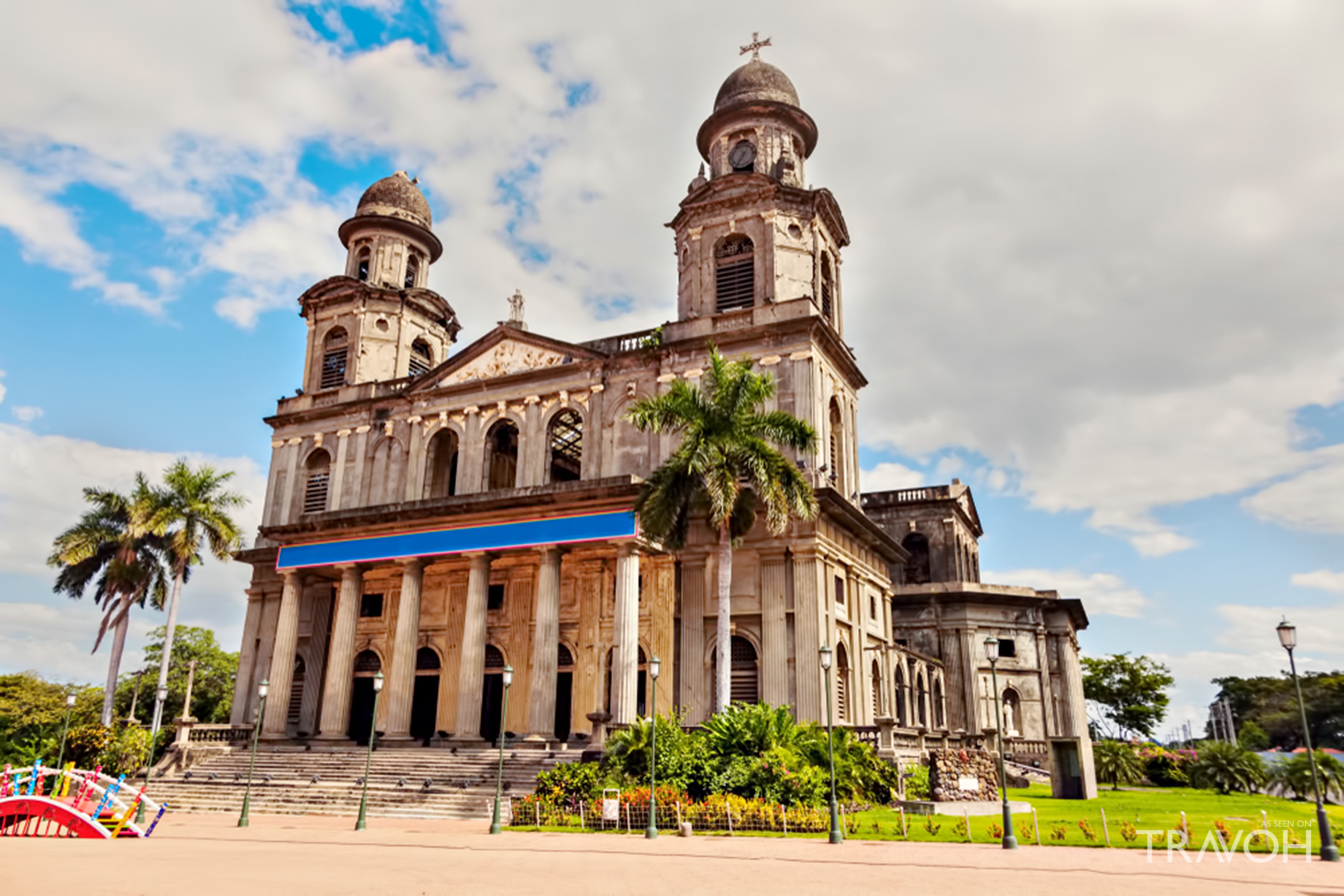
From its struggle for independence from Spanish rule in the 19th century to its ongoing communist rule, a result of the Castro brothers’ victory in the Cuban Revolution (1953-1959), Cuba has a fascinating and truly unique history. While we can’t get an exact match on this, there are some countries that share a similarly turbulent political history, or have the same features ingrained into their cultural past.
From decades of nepotism to a violent uprising and civil war, Nicaragua has spent the 20th century swinging from one political extreme to the other. Now enjoying peacetime and with a beautiful climate and an extremely friendly people, who will relish in telling you their version of their country’s past, Nicaragua is one of the most interesting alternatives to Cuba that we’ve explored. Meanwhile, if it is the tobacco-growing history that interests you, Cuba being synonymous with cigars, head to Salvador in Brazil to see sprawling tobacco fields that almost rival those of Cuba’s Pinar del Rio province.
If you seek… local cuisine
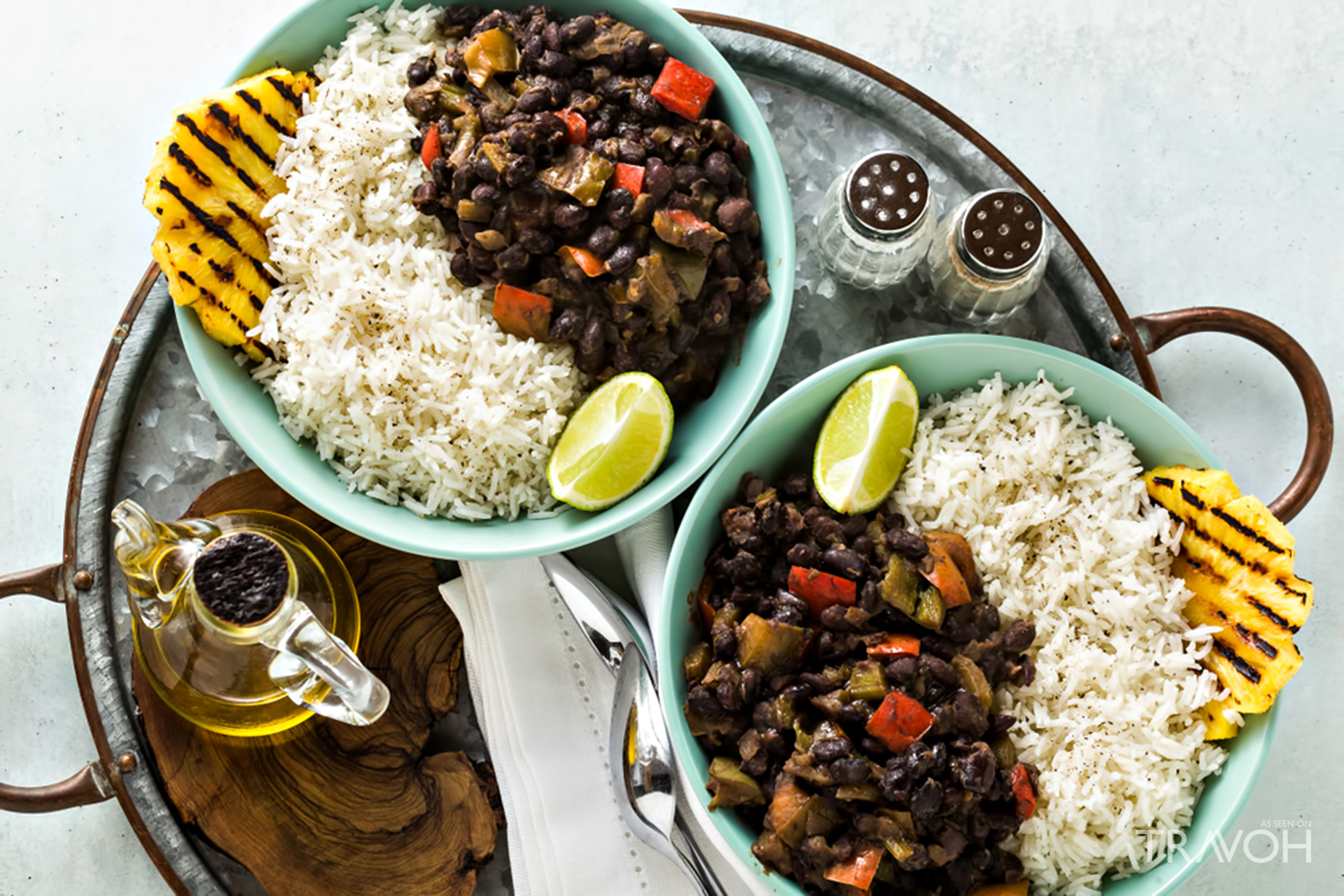
Cuban food is simple but delicious, centered around meat, rice and beans and relying heavily on garlic, oregano, and sour orange for flavouring. As a politically isolated island, Cuban culinary tradition relies heavily on what is available on their land. However, its flavorings do take influence from other cultures’ cuisines, including that of Africa, Spain, Mexico and the Caribbean.
While Cuban tamales mix the meat in with the dough and Mexican tamales use it as the filling, the two creations are pretty similar, and equally delicious! Head to the enchanting Mexican city of Oaxaca, a must-visit for every foodie, where the humungous food markets will serve you every type of tamale under the sun, most likely prepared using the stall owner’s great grandparent’s original recipe. Cubans also favor a riff on Spanish paella, which includes ham, chicken, mussels, chorizo, shrimp, scallops, and lobster. However, for the very best of the original dish, Valencia in southeastern Spain is your best bet. Paella is said to have originated here, and the city is filled with mouthwatering eateries at which you can sample all kinds of variations – you may be surprised to hear that the traditional recipe features rabbit, chicken and snails. We hope that these enticing countries similar to Cuba will keep you fortified while we wait to see how these travel restrictions play out. Happy exploring!
